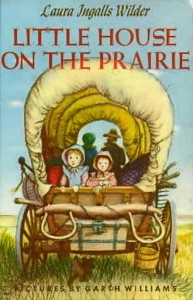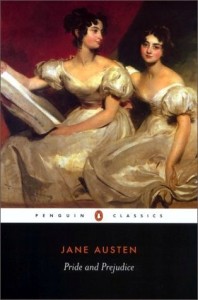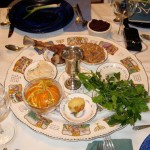
Never mind the challah on the cover. Another basic, must-have resource with good Passover recipes.
Books are a central part of my ongoing Passover education. I don’t mean haggadot, though those are of course also essential and beloved, and I don’t mean our traditional texts dealing with Passover, though I study those as well. What I’m talking about here is cookbooks.
Even though I was born Jewish, Passover prep, beyond the basics, didn’t come naturally to me. It had to be learned. In rabbinic school I studied codes and laws and customs related to Passover. And at home I read cookbooks.
A good cookbook is much more than a collection of recipes. Other than baking, where precision and chemistry matter, I rarely use cookbooks for the actual recipes. I tend to create recipes based on ingredients and experience. What I go to cookbooks for is history, the culinary byways that collections of recipes represent. Why these spices were used, and why this ingredient is prevalent. How changes in recipes over time represent changes in immigration patterns, or ruling powers, or economic status. Jewish cookbooks are full of lessons in the day-to-day history of the Jews.
There’s this myth that authentic Jewish practice gets handed down seamlessly from one generation to another, but it doesn’t always happen that way. I learned about Judaism at home, enough to whet my appetite for more. But since childhood I’ve been on an ongoing
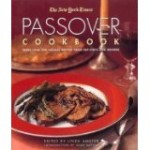
A must-have Passover resource.
journey, taking what I was given at home and deepening, updating, and enriching that original experiential base. I’ve added back in things that were discarded along the road toward Americanization, and created new traditions. Intentionally learned practice, once adapted and made your own, becomes as authentic as what’s handed down from ancestors.
I imagine that in generations past, women learned from their mothers and grandmothers and thus kept recipes and traditions alive, handing down knowledge from one to the next. But that is not my story. Many of my seder traditions are gathered from cookbooks, from years living in Israel, and from friends. Modern concerns like vegetarianism, veganism, organics, food sourcing and so on have also impacted the seder table. But maybe it was always like that, an ongoing evolution of tradition-meets-current-reality, and I’m only imagining a romanticized past. For example, developments in beet sugar processing in certain parts of Europe meant that Jews in those areas began to eat a much sweeter diet than Jews in other parts of Europe, who relied on salt and pepper for taste.
My great-grandmother was supposedly a terrific cook. I don’t remember much about her food, but I do remember her homemade blintzes, and I remember helping her stuff and fold them at her porcelain table in the Bronx. But my grandmother, the only one I had,
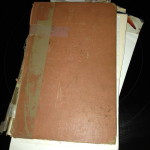
My mother’s copy of the balabusta cookbook.
was not much of a cook or homemaker. No traditional bubbe was she. Widowed in her forties, she went to work everyday as a bookkeeper. She was not one to pass on recipes and techniques. The only thing she took great pride in was her homemade gefilte fish. Watching her make the gefilte fish was part of our pre-Passover ritual, until the year where we realized she didn’t remember that she had already added the salt – several times.
My mother cooks within the traditional Ashkenazi style, using family memories and what she, my sister and I call the “balabusta cookbook” but is actually called The Complete American Jewish Cookbook, by Anne London and Bertha Kahn Bishov. For my mother, this is the essential reference, the one that has THE correct recipes for the Jewish food she ate growing up.
When my sister and I got married, my mother gave us each a copy of THE book, now in paperback. It was the must-have for us as we started our married, adult lives. I don’t use the cookbook for that many recipes, but it is a great, basic resource. Neither my sister nor I make the kinds of seders we grew up with, but for both of us the “balabusta cookbook” remains a touchstone, a connection to a certain

My copy of the book.
kind of cooking of the Jewish American past and to each other.
Passover preparation often begins with menu exchanges between the three of us. Our respective menus are always very different. My mother’s seder menu always includes chicken soup, gefilte fish, chopped liver, tzimmes, brisket, and potato kugel (she comes from the salt and pepper school, not the sweet). Of course there’s also a green salad, turkey breast (surely a new world adaptation), marinated grilled vegetables (a nod to living in a traditionally Italian part of Brooklyn), and desserts. Plenty of desserts.
My menu draws from around the Jewish world. It uses some of the Ashkenazi traditions I grew up with, but also borrows from other times and places in Jewish history. My recipes take inspiration from the flavors of Italian, Moroccan, Syrian, Iraqi, and other Jewish communities, like pomegranate molasses, preserved lemon, pistachios, and artichokes. I am a vegetarian and so there are many parve dishes for the non-meat eating crowd, but I also do serve meat (including my mother’s brisket).
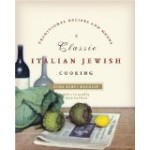
Contains some good Passover recipes, including great nut-based cakes.
Expanding the seder tradition out of the traditional Ashkenazi realm has been an intentional response to the reality of Jewish life in the 21st century. My childrens’ heritage includes Germany, Poland, Russia, Alsace-Lorraine, Lithuania, South Africa, Israel, and Brooklyn, with some Portuguese roots thrown in. I want them to connect to their (mostly) Askenazi legacy, but to also have an affinity to the whole of Jewish history. I am far enough removed from the shtetl, and my children even more so, that it feels natural to claim all of Jewish history as our own rather than just one narrow slice of it.
For my mother, Passover cooking is a way to connect with the past. Her “balabusta cookbook” is a guide to memories and tastes from back then. For me, Passover cooking is about creating a new Jewish present that embraces the past while reaching toward the future. The “balabusta cookbook” is one of many that serve as guides to the culinary adventure of Passover. Some are specific to the holiday, others are more broadly Jewish, and some aren’t Jewish at all but offer a recipe or two that fit the Passover guidelines. All contain gems.
So if you’re looking for ways to expand your Passover creativity, do some text study and consult cookbooks.
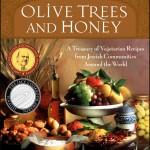
Amazing history of Jewish vegetarian dishes, with some Passover recipes.
Some of my favorites include:
Classic Italian Jewish Cooking by Edda Servin Machlin (Ecco, 2005)
Joan Nathan’s Jewish Holiday Cookbook by Joan Nathan (Schocken, 2004)
Essence of Chocolate: Recipes for Baking and Cooking with Fine Chocolate by Robert Steinberg and John Scharffenberger (Hyperion, 2006)
The New York Times Passover Cookbook by Linda Amster (William Morrow, 1999)
Olive Trees and Honey: A Treasury of Vegetarian Recipes from Jewish Communities Around the World by Gil Marks (Houghton Mifflin, 2004)
Entree to Judaism: A Culinary Exploration of the Jewish Diaspora by Tina Wasserman (UJR Press, 2009)
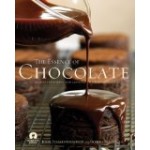
Not a Passover cookbook, but it’s got an incredible flourless chocolate cake: Orbit Cake.
Book of Jewish Food: An Odyssey from Samarkand to New York by Claudia Roden (Knopf, 1996)
Aromas of Aleppo: The Legendary Cuisine of Syrian Jews by Poopa Dweck (Ecoo, 2007)
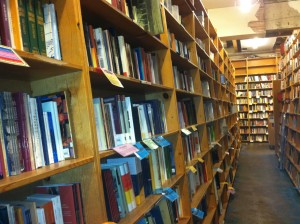 What’s a good book? Seems to be a question I discuss a lot. People are always asking me for recommendations. And there’s almost nothing I like better than sitting with a fellow-reader and talking about books – what we loved as kids, our all-time favorites, what we’re reading now.
What’s a good book? Seems to be a question I discuss a lot. People are always asking me for recommendations. And there’s almost nothing I like better than sitting with a fellow-reader and talking about books – what we loved as kids, our all-time favorites, what we’re reading now.
